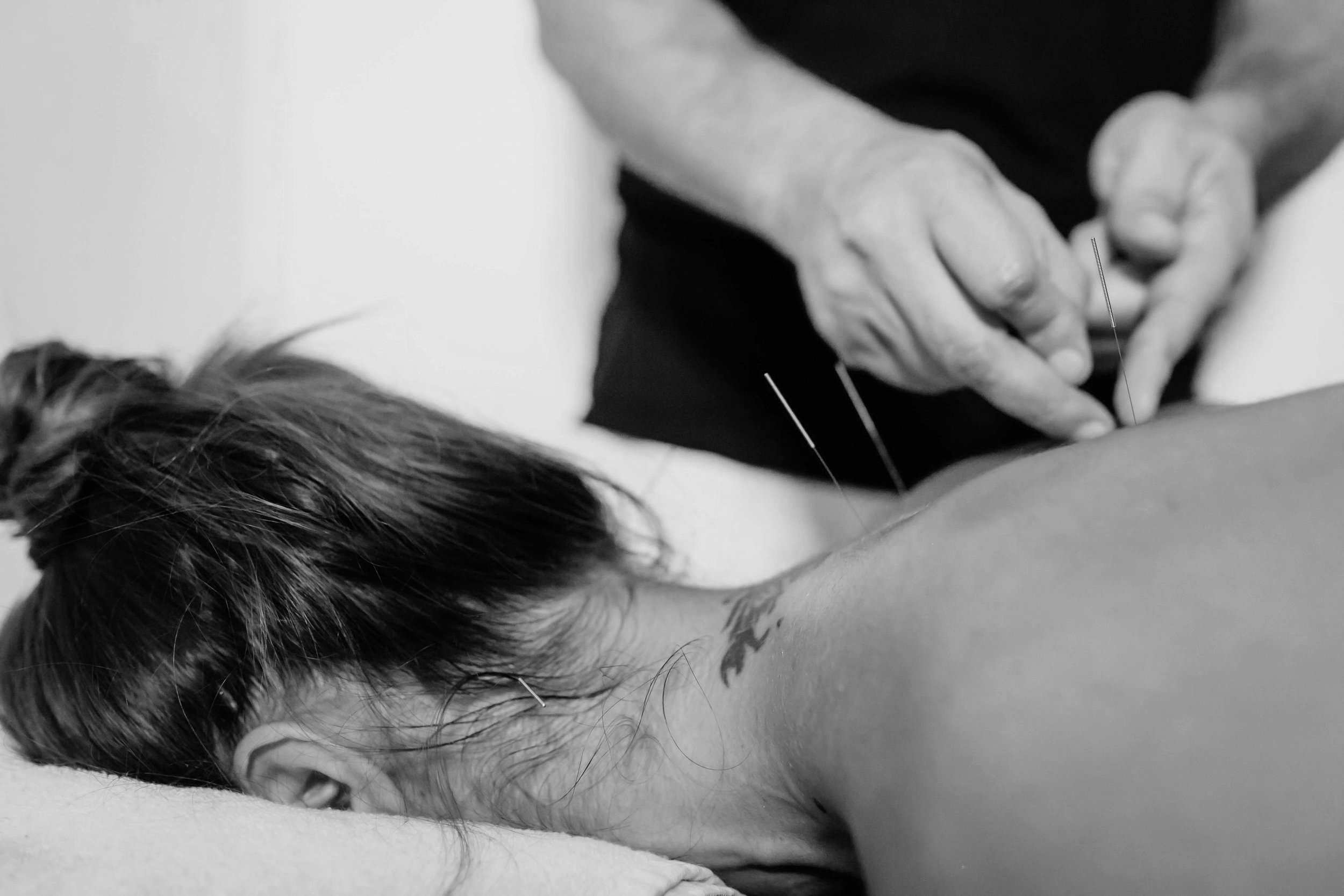
We incorporate transformative techniques that combine the science and art of healing.
Techniques
Collectively, we explore how adaptation impacts the body post-injury to create lasting dysfunction. Through movement, manual therapy and repatterning, we guide the body to reorganize and shift towards a state in which it thrives. We incorporate transformative techniques that combine the science and art of healing to promote a shift away from pain and towards improved function, movement, and performance.


